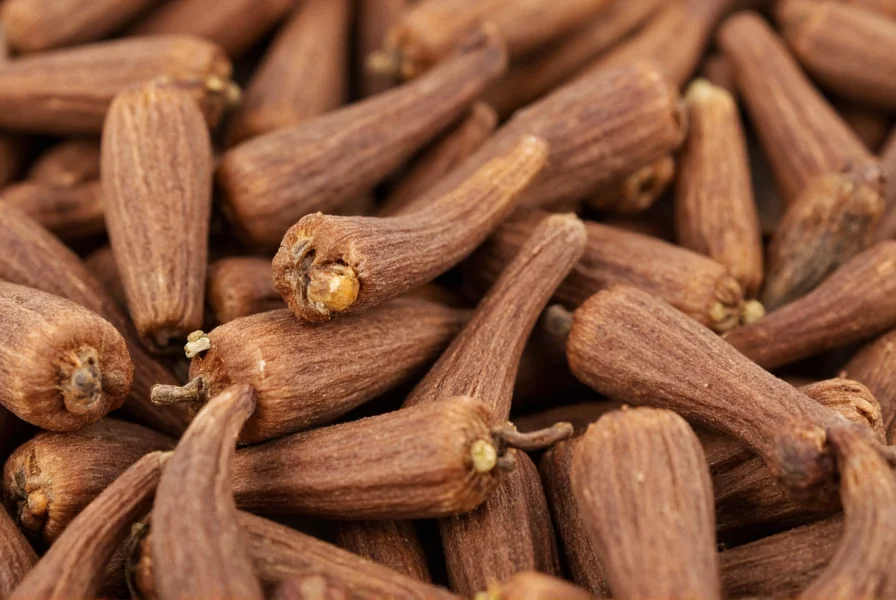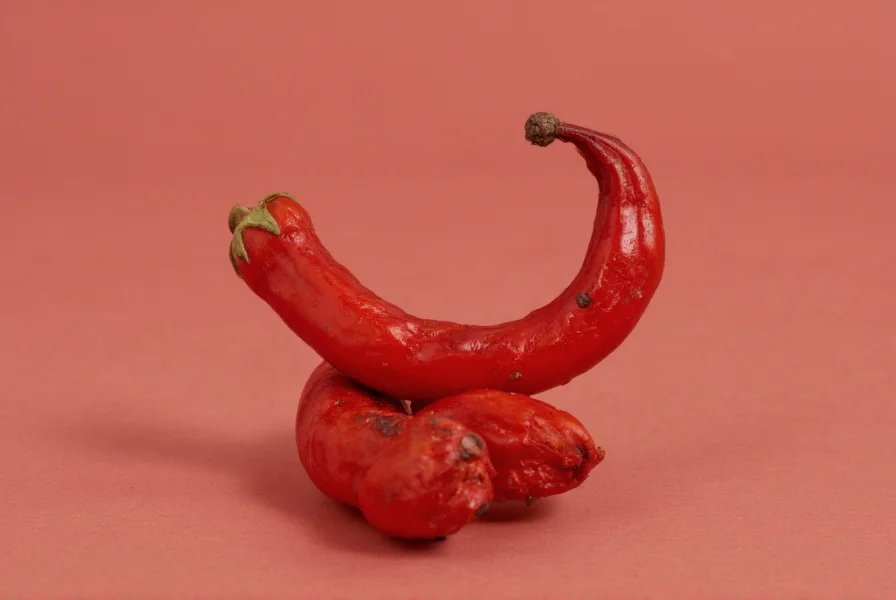A common point of confusion exists between the two primary meanings of what is a clove, as the term applies to both a globally traded spice and a popular garden flower. Understanding this distinction is essential for anyone exploring culinary traditions, botanical studies, or floral arrangements.
What Is a Clove: The Spice Explained

The spice known as clove comes from the unopened flower buds of the Syzygium aromaticum (formerly Eugenia caryophyllata) tree, an evergreen in the myrtle family. Native to the Maluku Islands (historically called the Spice Islands) of Indonesia, these small, nail-shaped buds have been one of the world's most valuable commodities for over 2,000 years.
When harvested, clove buds measure approximately 1.5-2 cm long with a slender stem. They begin as pale flowers that gradually mature to green, then transition to their characteristic reddish-brown color when dried. The distinctive aroma and flavor come primarily from eugenol, which constitutes 70-90% of clove essential oil.
Historical Significance of Clove Spice
Cloves have played a pivotal role in global trade history. Arab traders initially controlled the clove trade, creating elaborate myths about their origin to maintain monopoly. By the 16th century, Portuguese explorers discovered the true source in Indonesia, triggering centuries of colonial competition. The Dutch went to extreme measures to control production, including destroying trees on islands they didn't control.
Culinary Applications of Cloves
Chefs and home cooks worldwide use cloves for their warm, pungent flavor profile. Understanding what is a clove spice used for reveals its versatility:
- Essential in Indian garam masala and other spice blends
- Common in pickling solutions and vinegar infusions
- Traditional addition to mulled wines and ciders
- Frequently used in baking, particularly in gingerbread and fruit cakes
- Key ingredient in many meat rubs and marinades
Due to their intense flavor, cloves should be used sparingly. Whole cloves are typically removed before serving, while ground cloves integrate more thoroughly into dishes. Proper storage in airtight containers away from light preserves their potency for up to one year.
What Is a Clove Flower?
The floral meaning of clove refers specifically to certain varieties of carnations (Dianthus caryophyllus) that emit a spicy fragrance reminiscent of the clove spice. This connection comes from the historical observation that these flowers smell similar to the spice.
The name "clove" for these flowers derives from the Old English word "clow" meaning nail, referencing both the flower's shape and the spice's appearance. In botanical contexts, "clove" specifically describes carnations with a spicy, clove-like scent. These flowers feature:
| Characteristic | Description |
|---|---|
| Botanical Name | Dianthus caryophyllus |
| Family | Caryophyllaceae (Pink family) |
| Fragrance Profile | Spicy, clove-like aroma from eugenol compounds |
| Common Colors | Red, pink, white, yellow, variegated |
| Flowering Season | Spring through summer in most climates |
Cultural Significance of Clove-Scented Carnations
Clove-scented carnations have rich symbolism across different cultures. In Victorian times, they conveyed messages of admiration and affection. Different colors carry specific meanings:
- Red carnations symbolize admiration and love
- Pink carnations represent gratitude
- White carnations signify pure love and good luck
These flowers remain popular in floral arrangements, particularly for formal occasions. Their distinctive spicy fragrance makes them stand out among other cut flowers, explaining why people often search for what is a clove flower meaning when selecting blooms for special events.
Distinguishing Between Clove Spice and Clove Flower
The dual meaning of what is a clove creates frequent confusion. Here's how to differentiate:
- Context matters: Culinary discussions almost always refer to the spice, while gardening or floral contexts typically mean the carnation variety
- Physical characteristics: The spice appears as small, hard, nail-shaped buds, while the flower displays ruffled petals in various colors
- Usage: Spice cloves flavor food and beverages; flower cloves beautify gardens and arrangements
- Scientific classification: Spice comes from Syzygium aromaticum; flowers are Dianthus caryophyllus
When researching what is a clove in cooking versus what is a clove in flowers, paying attention to contextual clues prevents misunderstanding. This distinction proves particularly valuable for international recipes or botanical studies where precise terminology matters.
Interesting Facts About Cloves
Exploring what is a clove plant reveals fascinating characteristics beyond basic definition:
- Clove trees begin producing harvestable buds at 6-8 years old and can continue for over 80 years
- Zanzibar and Madagascar now produce more cloves than their Indonesian birthplace
- Traditional dentistry uses clove oil for its numbing properties due to eugenol content
- The word "clove" comes from the Latin "clavus," meaning nail, describing the spice's shape
- Clove cigarettes (kreteks) contain 60-80% tobacco and 20-40% ground clove
Practical Applications of Clove Knowledge
Understanding what is a clove used for extends beyond basic identification. In culinary applications, proper usage techniques maximize flavor while avoiding bitterness:
- Use whole cloves in liquid-based dishes like soups, stews, and braises
- Add ground cloves early in baking to allow flavors to meld
- Pair with complementary spices like cinnamon, nutmeg, and allspice
- Remove whole cloves before serving to prevent biting into the hard buds
- Toast whole cloves briefly to enhance their aromatic compounds
For gardeners interested in what is a clove plant in the floral sense, proper cultivation techniques ensure vibrant, fragrant blooms. Clove-scented carnations prefer well-drained soil, full sun, and regular deadheading to encourage continuous flowering throughout the season.











 浙公网安备
33010002000092号
浙公网安备
33010002000092号 浙B2-20120091-4
浙B2-20120091-4